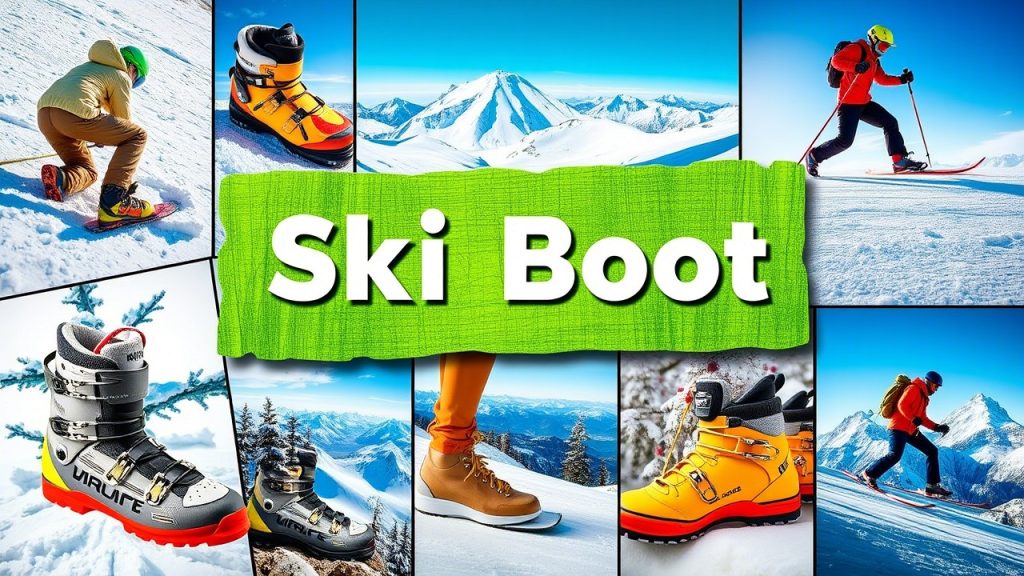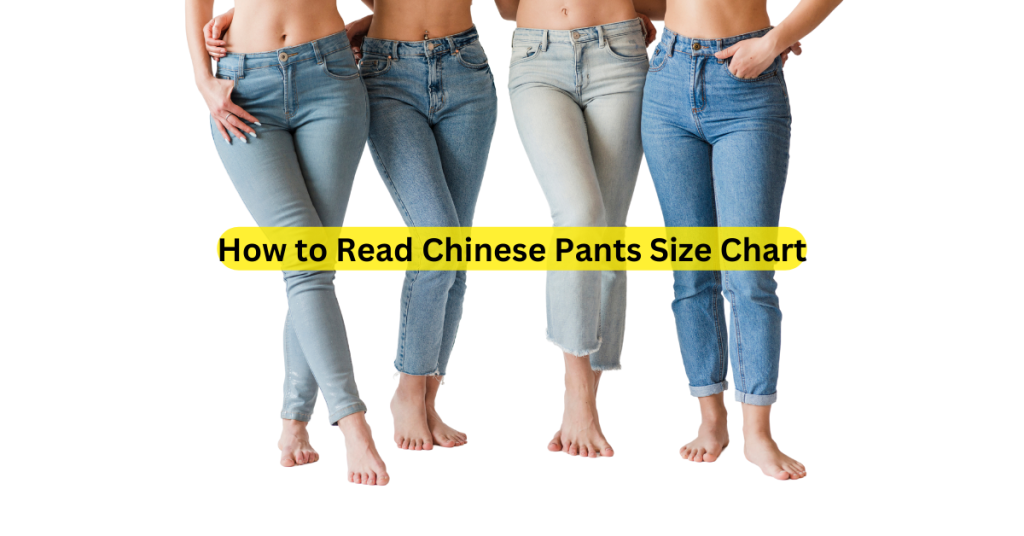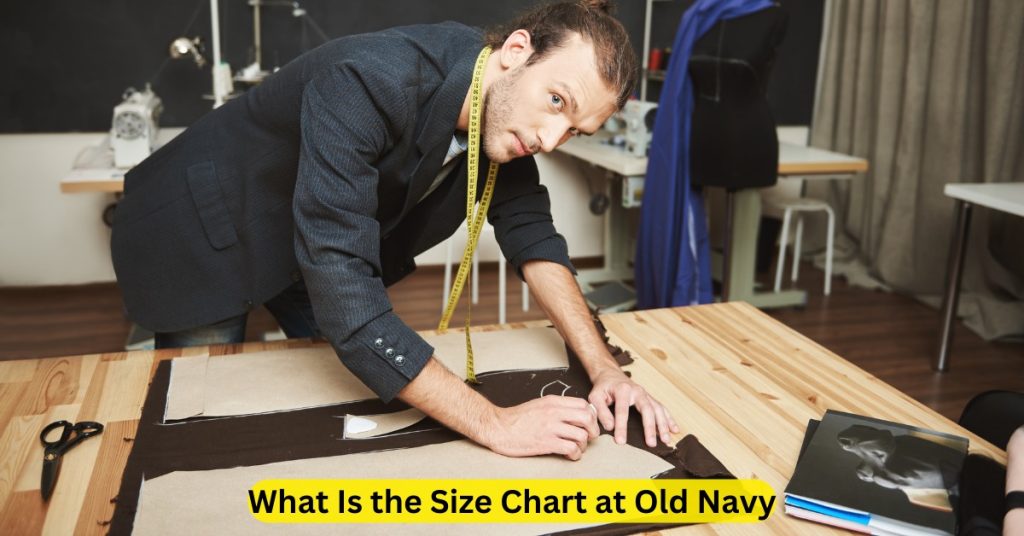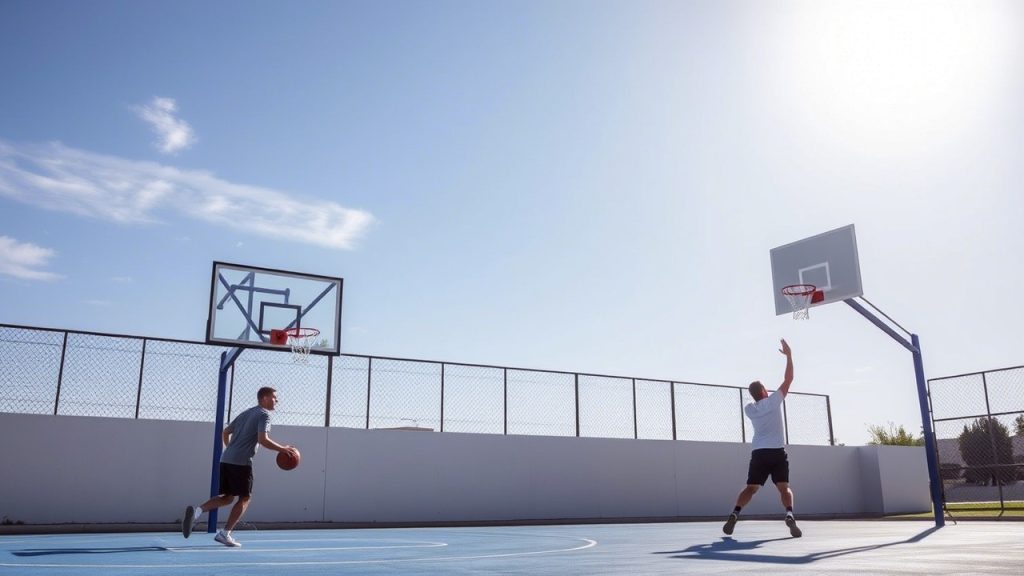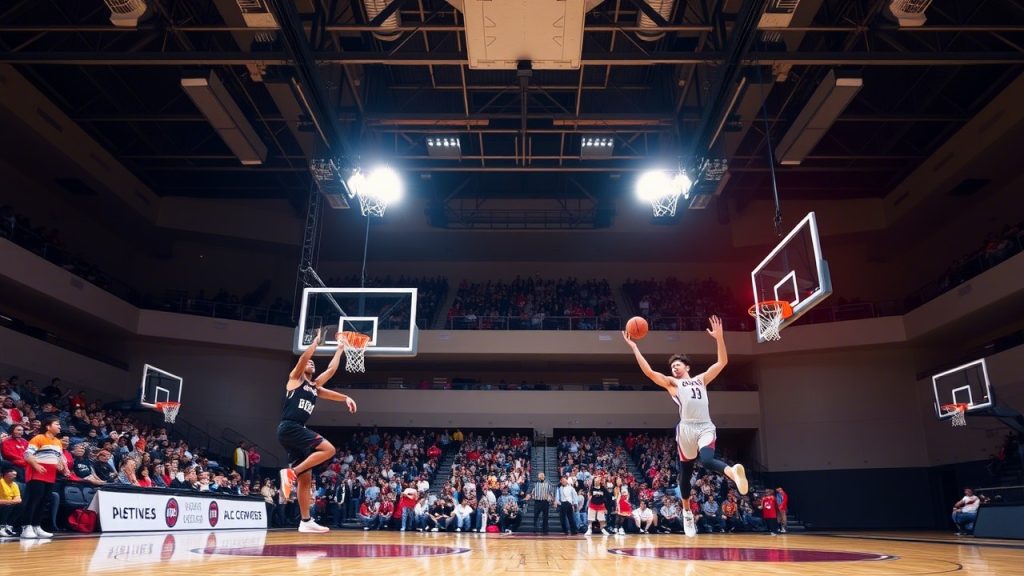When it comes to skiing, comfort and performance go hand in hand. One of the key elements that contribute to both is the proper fit of your ski boots. Ski boots are the critical interface between you and your skis, and a poorly fitting boot can lead to discomfort, poor performance, and even injury. Getting the right size and fit is paramount, but it’s not always straightforward. Each boot manufacturer might have a slightly different sizing system, and your foot’s unique shape might not align perfectly with standard sizing charts.
We’ll dive into everything you need to know about ski boot sizing, with a special focus on different sizing charts and strategies to find the perfect fit for your feet. By the end of this post, you’ll have a solid understanding of how to choose the right ski boots, along with 18 ski boot size chart ideas to improve foot support and make sure your skiing experience is both comfortable and high-performance.
1. Understanding Ski Boot Sizing
Before we dive into specific size charts, it’s essential to understand how ski boots are sized. Ski boots are measured in mondo point sizing, which is based on the length of your foot in centimeters. For example, if your foot measures 25.5 cm, your ski boot size would be 25.5.
However, there are additional elements to consider for a comfortable fit:
- Width (Last): This refers to the width of the boot, and it affects how much space your foot has inside. Ski boots come in different widths, generally ranging from narrow to wide. A boot with too tight a fit can cause discomfort, while one that’s too wide can lead to lack of control on the slopes.
- Flex: Flex is the amount of stiffness a boot has. Beginners may prefer a softer flex, while more advanced skiers may opt for stiffer boots for better control.
- Cuff Alignment: The alignment of the boot’s cuff is important for your skiing posture. Proper alignment helps with skiing efficiency and reduces the risk of knee injuries.
2. 18 Best Ski Boot Size Chart Ideas
When it comes to finding the perfect ski boot size chart, there are many options to consider. Each boot brand and model might have a slightly different size chart, which can be confusing for first-time buyers. Below are 18 ski boot size chart ideas to help you navigate this process.
1. Mondo Point Size Chart
The Mondo point system, which we mentioned earlier, is the standard ski boot sizing system used worldwide. This chart lists boot sizes based on foot length in centimeters and provides a straightforward sizing guide.
| Mondo Size (cm) | US Men’s | US Women’s | UK Size | EU Size |
|---|---|---|---|---|
| 22.5 | 4.5 | 5.5 | 3.5 | 36 |
| 23.5 | 5.5 | 6.5 | 4.5 | 37 |
| 24.5 | 6.5 | 7.5 | 5.5 | 38 |
| 25.5 | 7.5 | 8.5 | 6.5 | 39 |
| 26.5 | 8.5 | 9.5 | 7.5 | 40 |
| 27.5 | 9.5 | 10.5 | 8.5 | 41 |
| 28.5 | 10.5 | 11.5 | 9.5 | 42 |
| 29.5 | 11.5 | 12.5 | 10.5 | 43 |
| 30.5 | 12.5 | 13.5 | 11.5 | 44 |
2. Foot Width Chart
Not all feet are created equal, so it’s essential to consider foot width when selecting ski boots. This chart can help you determine if your feet are narrow, regular, or wide.
| Width | Description |
|---|---|
| B | Narrow (women’s standard) |
| D | Standard (men’s standard) |
| E | Wide |
| EE | Extra wide |
| 2E | Double wide (men’s) |
3. Ski Boot Flex Chart
Flex rating is an essential factor for comfort and control on the slopes. The higher the flex number, the stiffer the boot. Here’s a quick guide to understanding flex:
| Skill Level | Recommended Flex Range |
|---|---|
| Beginner | 60-80 |
| Intermediate | 80-100 |
| Advanced | 100-130 |
| Expert | 130+ |
4. Fit Chart Based on Boot Style
Different boot styles (alpine, touring, or hybrid) come with different fit preferences. Here’s a chart to help you select the right boot based on your skiing style:
| Boot Style | Fit Preference |
|---|---|
| Alpine | Medium to tight fit |
| Touring | Slightly looser for comfort |
| Hybrid | Combination of snug and comfortable fit |
5. Ski Boot Shell Fit Chart
The shell fit is crucial in ensuring that your ski boots fit snugly around your foot. Use this chart to help you understand the ideal shell fit:
| Fit Type | Foot Length Difference (cm) |
|---|---|
| Tight Fit | 0-1 cm |
| Ideal Fit | 1-2 cm |
| Loose Fit | 2-3 cm |
6. Heel to Toe Length Chart
This chart will help you calculate the length of your foot, which is essential for determining your mondo size. Measure from the back of your heel to the longest toe.
| Foot Length (cm) | Mondo Size |
|---|---|
| 22.5 | 22.5 |
| 23.5 | 23.5 |
| 24.5 | 24.5 |
| 25.5 | 25.5 |
| 26.5 | 26.5 |
7. Ski Boot Sizing for Kids
Kids’ ski boots typically follow a different sizing method, and it’s important to choose boots that allow room for growth. Here’s a chart for children’s ski boots:
| Mondo Size (cm) | US Kids’ | EU Size |
|---|---|---|
| 18.5 | 12C | 29 |
| 19.5 | 13C | 30 |
| 20.5 | 1 | 31 |
| 21.5 | 2 | 32 |
| 22.5 | 3 | 33 |
8. Boot Fit Tips for Narrow Feet
If you have narrow feet, you should consider boots with a narrower last (B width). A narrower boot will provide a more secure fit and improve control on the slopes.
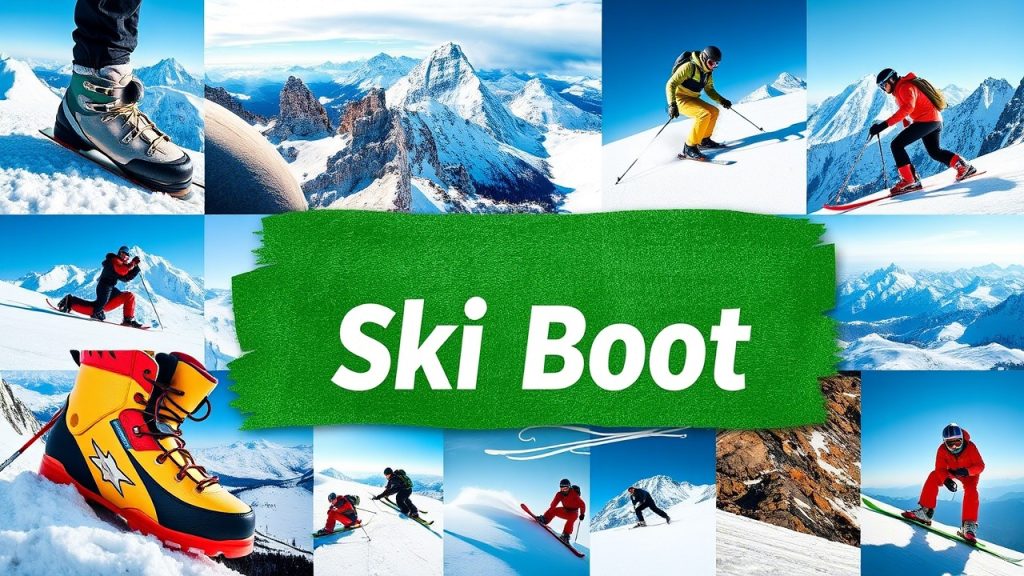
9. Boot Fit Tips for Wide Feet
Wide-footed skiers should seek boots with a wider last (E or 2E width). These boots offer more room around the foot, improving comfort and preventing painful pressure points.
10. Adjustable Boot Fit
Some ski boots come with adjustable features that allow you to modify the fit slightly, such as adjustable buckles or a custom heat-moldable liner. These boots are great for skiers who need a bit more flexibility in their boot fit.
11. Heated Ski Boots
For those who struggle with cold feet, heated ski boots can help. These boots come with built-in heating elements that keep your toes warm throughout the day. They also come in various sizes to accommodate different foot shapes.
12. Custom-Fit Liners
Custom-fit liners are a great way to improve comfort. Many ski boots offer heat-moldable liners, which can be shaped to fit the unique contours of your foot. These liners improve foot support and prevent discomfort during long skiing sessions.
13. Sock Thickness Chart
The thickness of your socks can affect the fit of your ski boots. A thicker sock will take up more room in the boot, while a thinner sock can leave more space. Here’s a guide to help you choose the right sock thickness for your boot size:
| Sock Thickness | Best For |
|---|---|
| Thin | Tight boots, warmer conditions |
| Medium | Standard fit |
| Thick | Extra room, colder conditions |
14. Cuff Adjustment Chart
Adjusting the cuff of your boot can help improve comfort and support. Make sure the cuff is aligned with your leg to avoid discomfort while skiing.
15. Ski Boot Fit for High Arches
Ski boots that offer arch support are essential for people with high arches. Look for boots with molded insoles or custom footbeds that provide the right amount of arch support.
16. Ski Boot Size for Wide Calves
If you have wide calves, you should consider boots that offer extra calf space. Some manufacturers offer boots with adjustable cuffs or boots specifically designed for wider legs.
17. Boot Sizing for Women
Women’s ski boots are often designed with a lower cuff height to accommodate a woman’s lower leg shape. These boots typically have narrower lasts and softer flex ratings for a more comfortable fit.
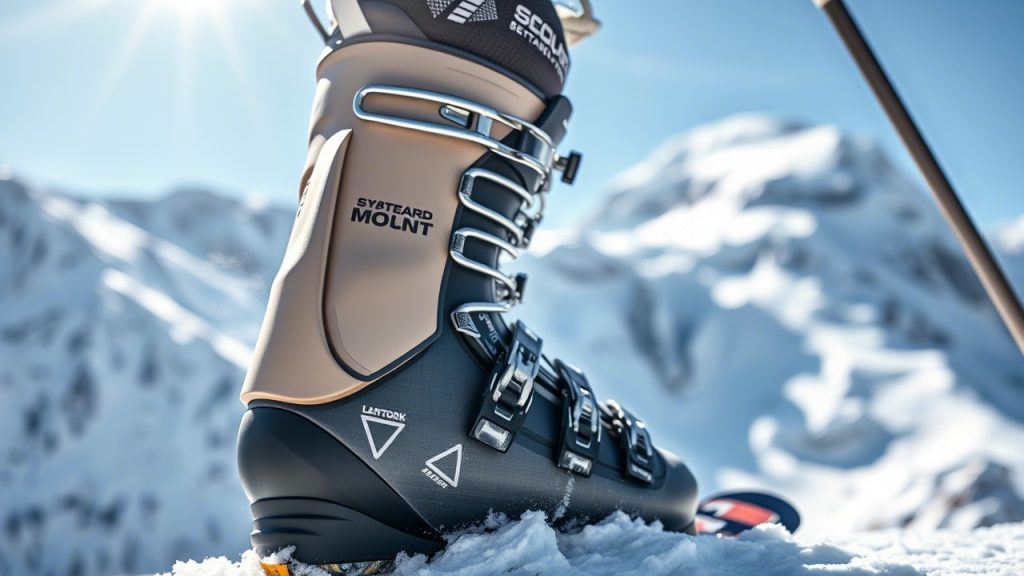
18. Ski Boot Size for Men
Men’s ski boots generally have a higher cuff height and stiffer flex ratings to provide more support and control for male skiers. Look for boots with a wider fit if you have a broader foot.
Frequently Asked Questions
1. How do I know if my ski boots are too tight or too loose?
If your toes are constantly hitting the front of the boot, or if there is excessive pressure on your foot, they may be too tight. On the other hand, if your foot slides around or you feel unstable, they could be too loose.
2. Should my ski boots be snug or loose?
Ski boots should fit snugly without causing discomfort. There should be no excessive movement inside the boot, but your feet shouldn’t feel cramped.
3. How do I measure my foot for ski boots?
To measure your foot, stand on a piece of paper and trace the outline of your foot. Measure from the back of your heel to the longest toe to find your foot length in centimeters.
4. Can ski boots be stretched?
Some ski boots can be stretched, especially if they are made from plastic shells. A professional boot fitter can help stretch the boot to accommodate any pressure points or tight spots.
5. What is the best ski boot fit for beginners?
Beginners should look for ski boots with a softer flex rating and a slightly looser fit for added comfort and flexibility.
6. Can I wear regular socks in ski boots?
It’s recommended to wear ski-specific socks, as they are designed to wick moisture away from the skin and provide warmth. Avoid wearing thick cotton socks, as they can make your feet cold and uncomfortable.
7. How often should I replace my ski boots?
Ski boots should be replaced every 5-7 years, or when they no longer provide the right fit or support. Also, replace them sooner if the shells or buckles are damaged.
8. How do I know if my ski boots are the right flex?
Choosing the right flex depends on your skill level. Beginners should go for a softer flex, while advanced skiers may prefer a stiffer boot for better control.
9. Are custom ski boot liners worth it?
Yes, custom liners can significantly improve the fit and comfort of your ski boots by conforming to the unique shape of your feet.
Conclusion
Finding the right ski boot size and fit is crucial to enjoying a comfortable, high-performance skiing experience. Use the 18 ski boot size chart ideas provided here to guide you in selecting the perfect pair of boots for your needs. Take your time when choosing ski boots, and don’t hesitate to consult a professional fitter to ensure you’re getting the best possible fit. After all, your feet are your foundation on the slopes, and the right ski boots can make all the difference. Happy skiing!

